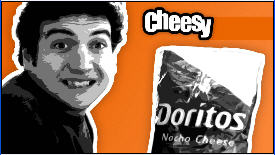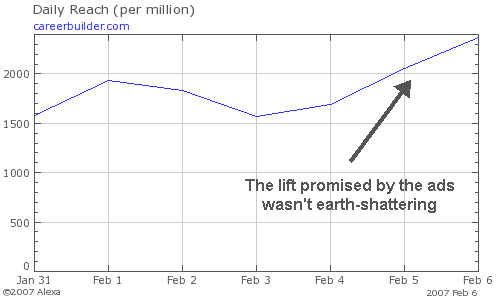Tonight’s PBS retelling of Bram Stoker’s Dracula reminds me of a post I’ve been composing in my head for months but haven’t permitted myself to submit. I wanted to write about the storytelling (and marketing!) power of blogs. Thus my hesitation. I refuse to be a party to navel-gazing.
In the ten months I’ve been writing Digital Solid, I’ve encountered so many bloggers talking about blogging on their blogs. And who cares? Other bloggers, that’s who. Give me a break!
In this space I have talked about using technology to tell stories — and how storytelling is key to marketing. But there’s another fact you need to know: The blog is a unique medium for storytelling — one that is growing in relevance to marketers.
One friend recounted his Great Lakes sailing adventure in real time via his blog. Others have reported on their struggles to launch a product or a software upgrade. Their adventures have unfolded, one post at a time. And I’ve followed, loyal reader that I am.
Just as I followed exciting stories as a preteen, when I first read the groundbreaking novel of a humble Irish civil servant, Bram Stoker. His chilling book, Dracula, along with Edgar Allen Poe’s writings, ignited in me an enduring love of scary stories. But even then I realized that Stoker’s style was unusual. Most of Dracula was told as diary entries.
This evening I saw a (not very good) retelling of his story on television. What I am truly anticipating is the day when this story is presented as a faux-blog.
It would start with the postings of Jonathan Harker, the young clerk who shows the poor judgement of advancing his career in the mountains of Transylvania. Other characters would follow suit, just as they do in the pages of the novel.
A fiction blog (do you have a better name for it?) would have special demands. The novel takes place over the course of several weeks. I expect that the blog would compress the action considerably. Perhaps several action-packed entries would even be posted in quick succession on the same day.
But the point is, the Dracula blog would be wholly entertaining. And yes, it could be sponsored.
Now think of a more contemporary serial, presented by a brand wishing to show itself in the context of the story being told. And imagine devoted readers, who look forward to receiving the next installments via RSS. That day is not too remote, and in the words of one of Stoker’s characters, it will be cracking good fun.
It is happening today, by the way, on a cell phone near you. The Last Messages is a novel told exclusively through cell phone text messages. Finnish subscribers followed the story through over 1,000 messages sent to their phones.
 Doritos tore a page from the new media playbook. They announced the challenge under a tight deadline — late last year — and opened the videos to American Idols-like voting, thus absolving themselves of responsibility for a bad choice. In an additional, shrewd move, they ran the winner early enough in the game to call it “world’s first fan-produced Superbowl ad.” The winning ad was only so-so in effectiveness — unless you consider the ad’s budget and production timeline (two digits and four days).
Doritos tore a page from the new media playbook. They announced the challenge under a tight deadline — late last year — and opened the videos to American Idols-like voting, thus absolving themselves of responsibility for a bad choice. In an additional, shrewd move, they ran the winner early enough in the game to call it “world’s first fan-produced Superbowl ad.” The winning ad was only so-so in effectiveness — unless you consider the ad’s budget and production timeline (two digits and four days).
 But on the path to prosperity, LowerMyBills has run into a lot of people who say the undulating characters in the ads are highly distracting and have so little to do with low-interest loans that they border on the surreal.
But on the path to prosperity, LowerMyBills has run into a lot of people who say the undulating characters in the ads are highly distracting and have so little to do with low-interest loans that they border on the surreal.